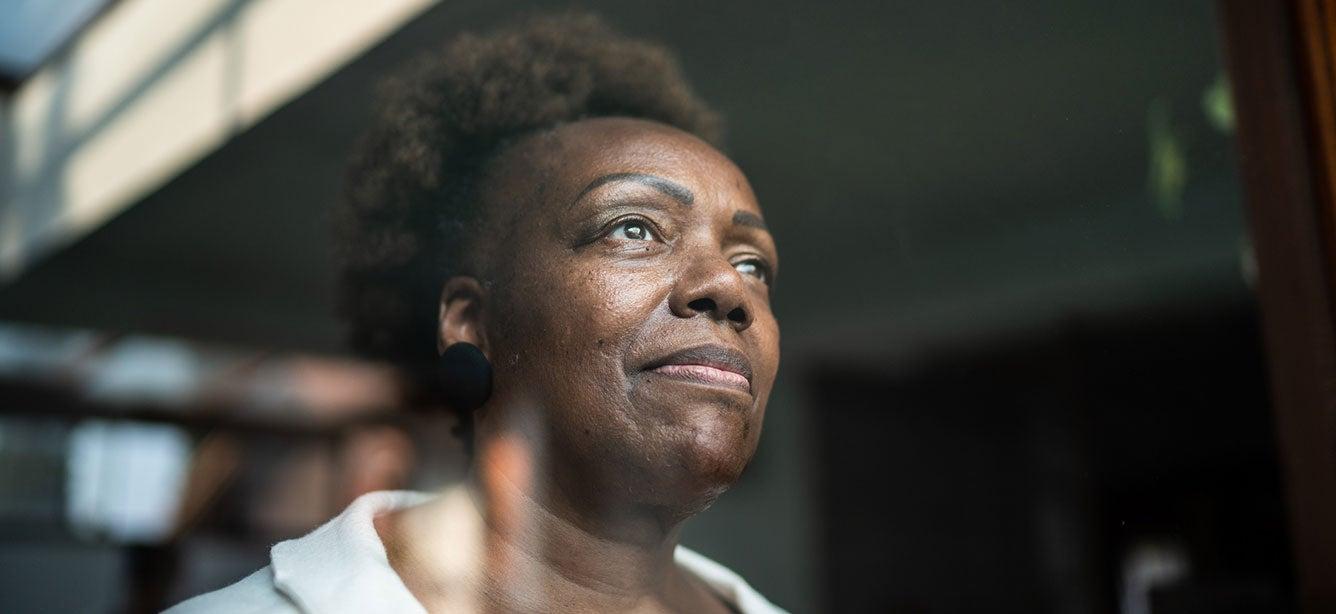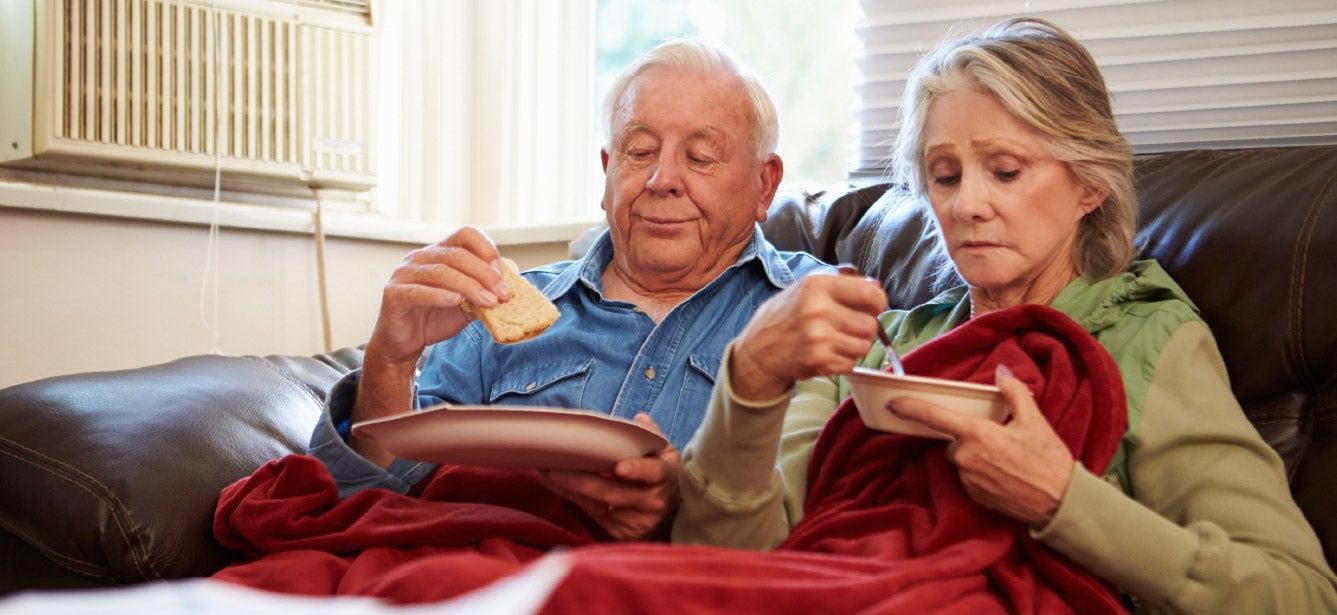
Related Topics
When we think about retirement, our mind conjures up images of tranquility and enjoying time with family and friends. We see ourselves as finally taking up that hobby we have long neglected, learning new things, going for hikes in nature.
But reality can play out very differently—especially for women. We see this in the results of a survey of people 50+,1 released in March, which we conducted on behalf of Nationwide. When we asked participants about retirement, women were overwhelmingly concerned about being able to cover their health care needs, especially long-term care. This was the case for both women preparing for retirement and those already in retirement.
Women are acutely aware that they’ll need more resources to afford a longer life, but they also know those resources might not be available.
Among those preparing for retirement, 57% said they want information on how to continue working in retirement, and 50% need help setting financial goals. But at the same time, 20% are hesitant to seek information about financial planning.
Why are women less financially secure in retirement?
There are so many reasons why women are less financially secure in retirement, from making less money than men throughout their careers, to working in fields where employers don’t offer retirement benefits, to feeling less comfortable discussing finances. And then, women find themselves in the middle of a caregiving vortex that pulls them farther and farther away from aging with the financial resources they need. In our survey, 70% of women said caregiving strains their finances, compared to 58% of men.
The implications of this burden are as wide as they are deep. Because of caregiving, women sometimes must give up gainful employment for years at a time, which means lower contributions to Social Security. This affects both their own retirement preparedness and the system’s resources. It also means lower tax contributions to the general revenue. And when they do want to get back in the workforce, many women face age discrimination and need to take jobs at much lower pay than they had before.
How policy can ease the burden of caregiving for women
Both government policy and the private sector play a role in breaking this vicious cycle that undermines both women’s prospects of dignity in retirement and our country’s economy. Allocating $150 billion for Medicaid home- and community-based services as initially envisioned in the Build Back Better Act would help millions of low-income families.
The Secure Act 2.0 would expand employee access to retirement savings plans and make it easier for employers to enroll employees in these plans. This would help those least likely to have access to such plans—part-time workers.
And employers need to take into consideration the value older workers add—research shows that teams with diversity in age perform better.
It’s not enough to celebrate women’s accomplishments. We also need to show we value them and remove the barriers they face to aging with dignity.
Sources
1. Women Living in and Preparing for Retirement, National Council on Aging (March 2022). Found on the internet at https://www.ncoa.org/article/women-and-retirement-when-they-retire-how-they-plan-and-where-help-is-needed



